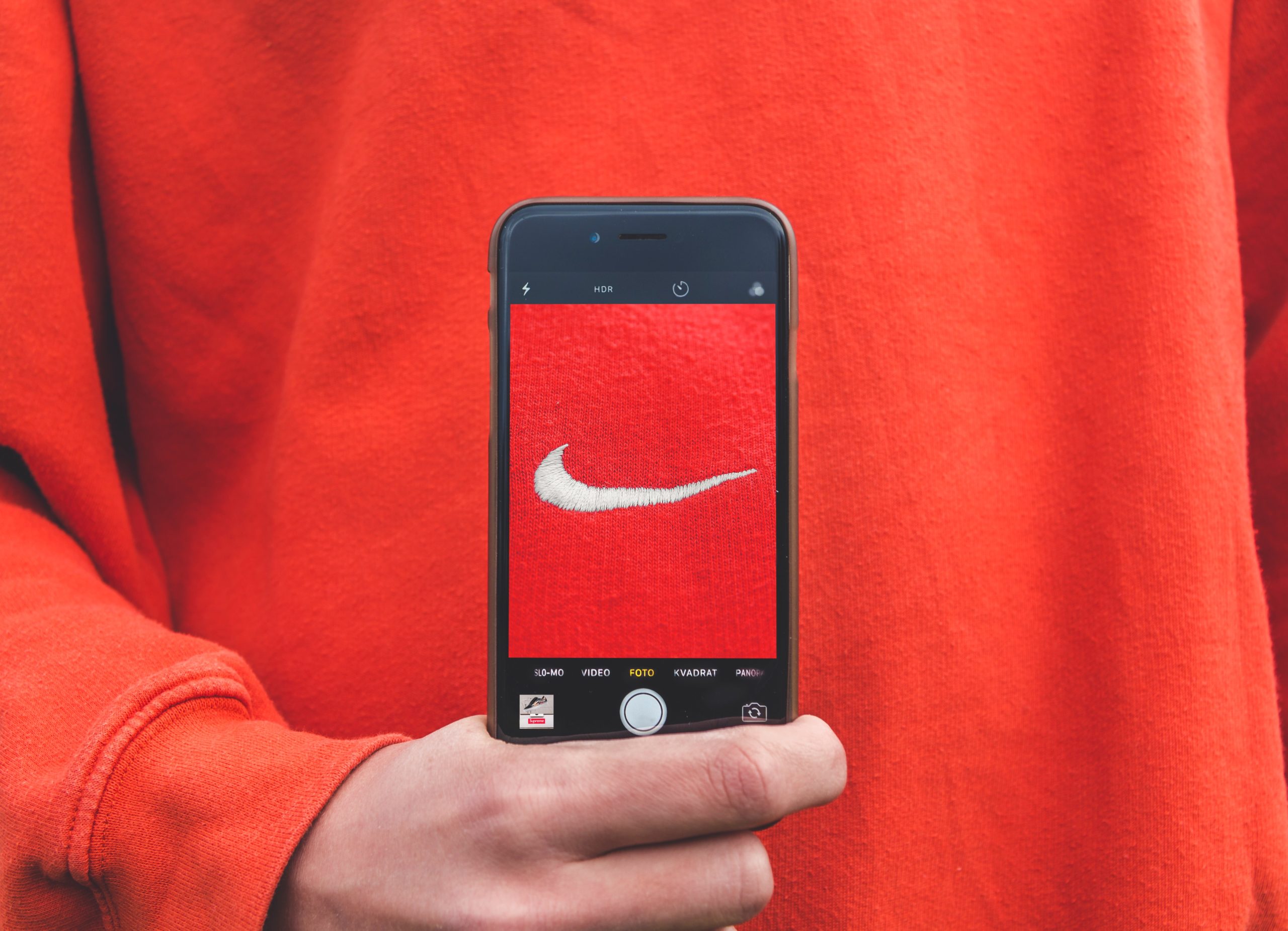In today’s digitized world, branding means everything. What people think about your brand determines whether they shop your products, hire you for a service, visit your restaurant, or even lend you money. Before technology’s reach, consumers were only ever cognizant of the big brands that were run by even bigger corporations — think: Coca-Cola, IBM, etc. The main focus of these corporations was less about branding and more about business strategy.
But a lot has changed since larger brands ruled the markets. Smaller brands can now compete with larger corporations, leveraging their brand status to outcompete them in their own industries. While this is a tremendous opportunity for businesses of any size, it’s only possible when you strategically and purposely curate your brand the way you want to be seen by consumers.
This includes branded materials like your logo and your website, but an impactful brand plan acts as the umbrella which these other marketing initiatives live under. The brand plan is focused on your story — what your brand symbolizes and your mission for how you plan to live it out.
The emotional element of branding
When you create your brand, you are essentially establishing your story. This story is what cultivates an emotional connection between your audience and your brand. The deeper the connection, the more loyal your consumer base will be; those relationships are what lead to an increased number of sales. For those who may be skeptical about the emotional element of branding, here are two examples of how impactful your story can be on your bottom line.
Rob Walker and Joshua Glenn created Significant Objects as an experiment. They purchased a few items off of eBay — each for around $1.25 — and rewrote each item’s product description to give it a background story. Because the consumer formed an emotional connection with the item, they were willing to spend around $8,000 per object.
Elon Musk does this well, too. Consumers appreciate Musk’s environmental responsibility to create cars that lessen one’s carbon footprint. In 2013, several Tesla’s caught fire, but Musk responded with a transparent, honest defence of his automobiles and consumers responded by making the Model S the bestselling plug-in electric car in the world a mere few years later.
Show consumers you stand for something
Oftentimes, people don’t just interact with brands that they can relate to, they support brands that actually stand for something. It’s easy to get lost in a sea of other businesses when your entire brand rests on nothing more than top-notch products. The problem with that is that every business boasts about having the best product. Your brand needs to be founded not only on what you do differently, but on what makes your mission more impactful.
Today, consumers are no longer motivated by price. Instead, 62 percent of consumers make purchasing decisions based on how purpose-driven a business is. If, through their research, they find no meaning in a brand’s mission, they are so steadfast in their beliefs that they’ll walk away from the sale. Similarly, if they find a company’s actions or language to be disappointing, 48 percent are willing to complain about it either online or through word-of-mouth comments.
This doesn’t just drive consumers, either. Certain investors are more likely to only invest in purpose-driven brands. They tend to develop stronger sales channels and often have access to a higher number of growth opportunities. Advisors like myself also look into companies before working with them. Before I come on as an advisor, I want to make sure that the brand comes from a meaningful place and, as a result, will have a positive influence on the community and, eventually, the world.
That is the power of a good brand.
